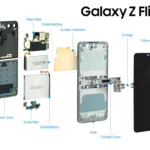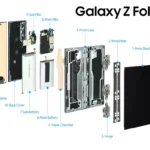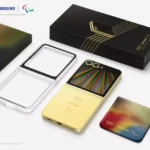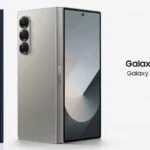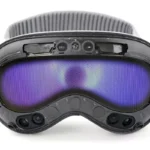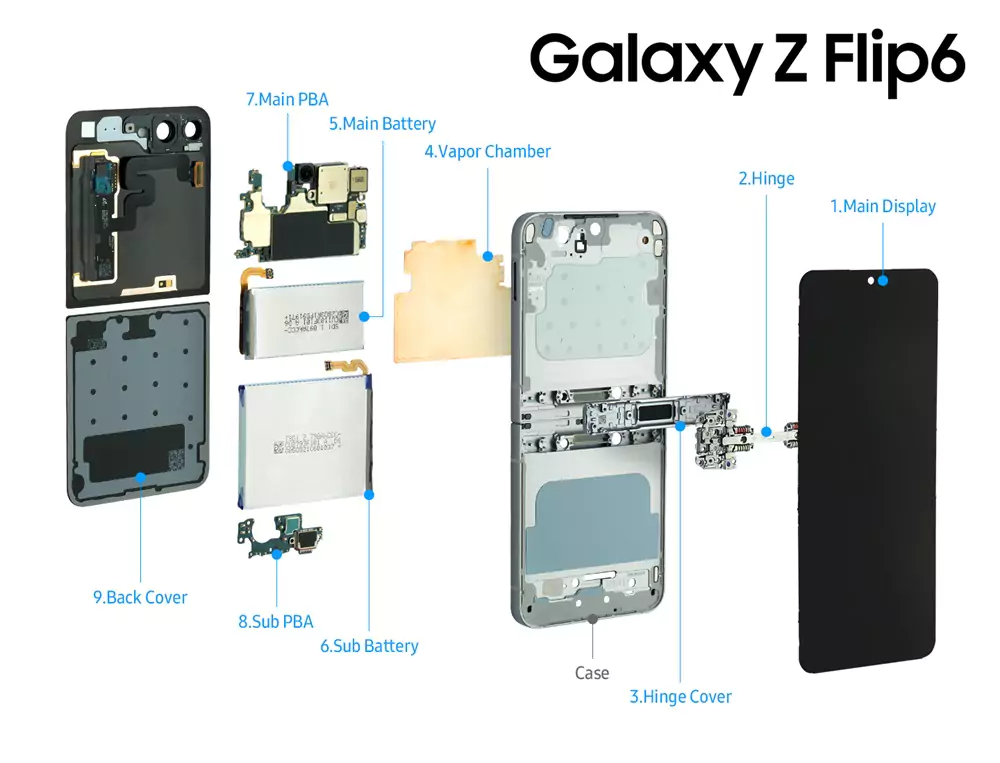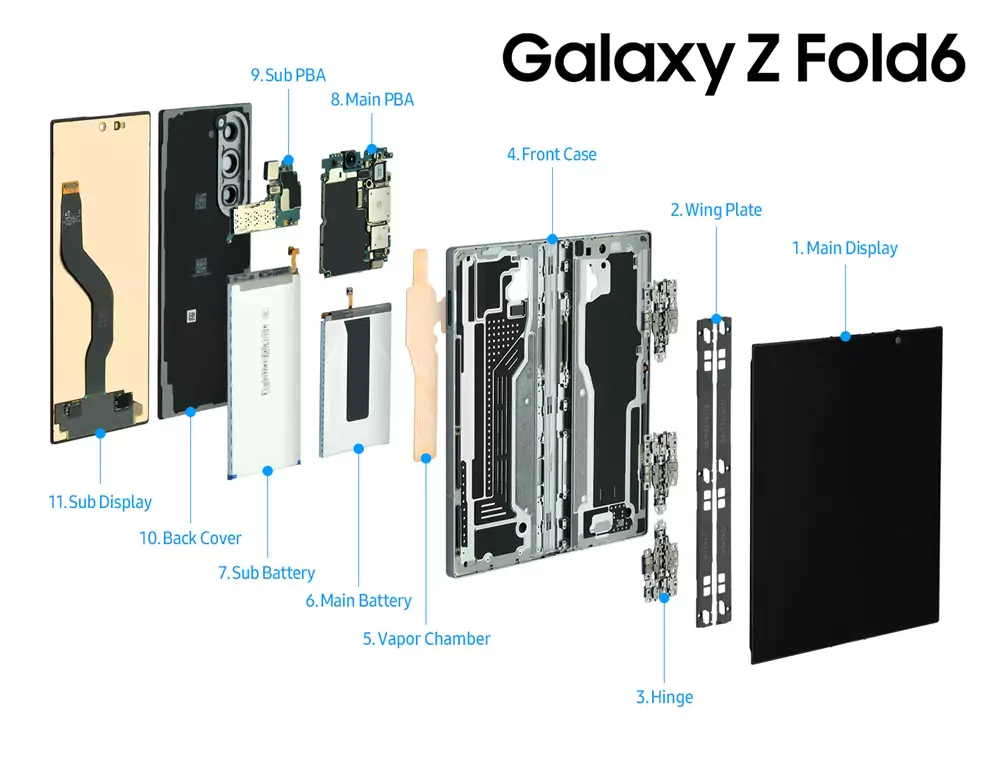Apple Vision Pro Optic ID
Our Apple devices house a large portion of our digital lives, so it’s critical to safeguard that data. Apple Vision Pro was created with your privacy and control over your data in mind, just like all other Apple goods and services. Using cutting-edge technology like Optic ID, it expands upon the privacy and security protections already present in Apple products.
Optic ID revolutionizes authentication using iris recognition, much as Touch ID revolutionized authentication using a fingerprint and Face ID revolutionized authentication using face recognition. Leveraging the uniqueness of your iris, Apple Vision Pro’s high-performance eye-tracking system of LEDs and infrared cameras allows for simple and safe verification with Optic ID.
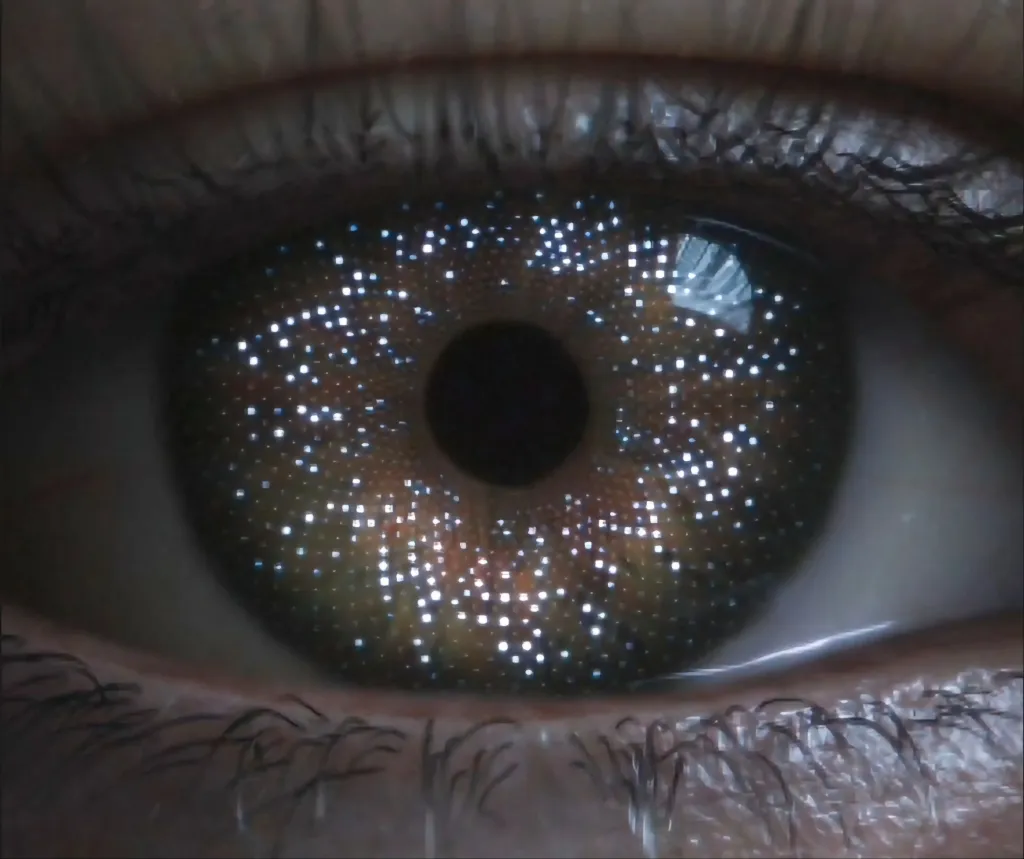
Optic ID unlocks your Apple Vision Pro securely with a glance. It may be used to approve payments with Apple Pay, purchases from the App Store and Book Store, and more. Optic ID may also be used by developers to log into their apps. Optic ID is automatically supported by apps that support Touch ID or Face ID.
cutting-edge technology
Combining some of the most cutting-edge technology and software we’ve ever developed leads to Optic ID. Spatiotemporally regulated eye-safe near-infrared light lights the eye during Optic ID setup, enabling the Apple Vision Pro eye cameras to take pictures of your iris. This iris picture data is sent to the Secure Enclave, where it is processed by a part of the Apple M2 chip’s neural engine that is secured there. There, it is converted into a mathematical representation for enrollment. The same procedure is used during the Optic ID authentication attempt to compare your iris to the enrolled biometric data and see whether there is a match.
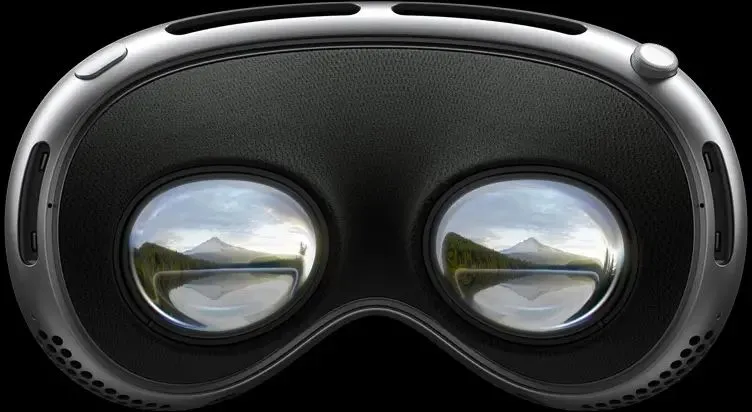
After a successful login, Optic ID automatically updates your registered template to reflect changing conditions. This enhances Optic ID’s function in different lighting scenarios, when your pupil’s size and the visible section of your iris may change. For those who need vision correction, Optic ID is made to function with ZEISS Optical Inserts and prescription soft contact lenses.
The Optic ID symbol appears clearly in the middle of your field of vision when you unlock your Apple Vision Pro with Optic ID. When you successfully unlock Vision Pro or authenticate within an app, Optic ID continuously monitors whether the Apple Vision Pro eye cameras can see your eye region. Optic ID uses this continuous tracking for authentication while you wear the device in case you need to authenticate again. The authorization will only be successful if you’re looking directly at the app from which you’re making a purchase and the payment page is visible, helping to prevent accidental Apple Pay transactions.
Safety precautions
In the same manner that we did with Touch ID and Face ID, we’ve taken some significant steps with Optic ID to secure the data on your device. Optic ID provides a secure authentication solution with near-infrared photography and processing, which includes machine learning. Optic ID data is encrypted, stays on your smartphone the entire time, and is only available to the Secure Enclave CPU.
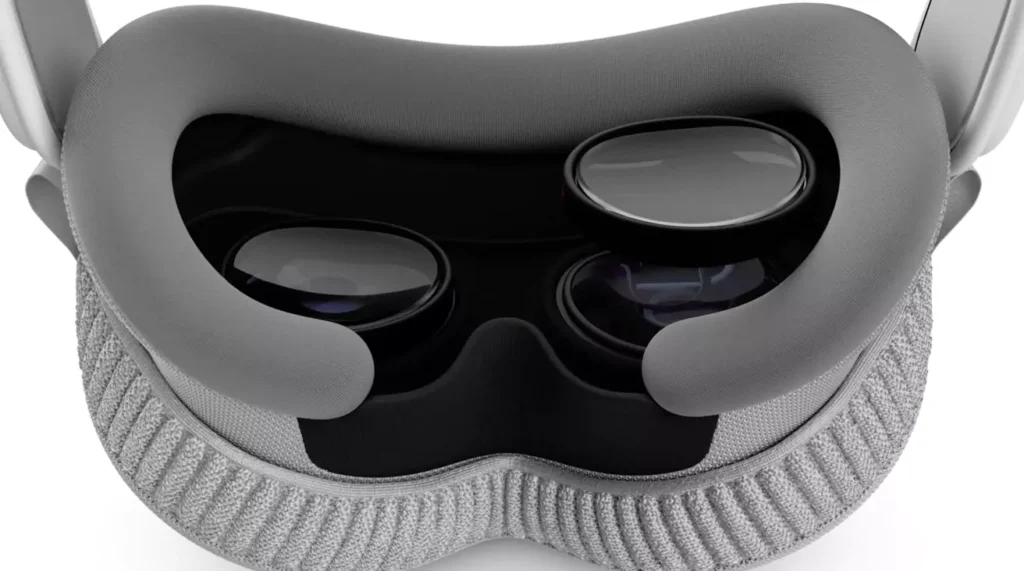
There is a less than one-in-a-million chance that someone at random may use Optic ID to unlock your Apple Vision Pro. Optic ID provides an extra layer of security by limiting the number of unsuccessful match attempts before requiring a password. It is statistically more likely that someone at random may use Optic ID to unlock your Apple Vision Pro if only one eye is registered for the accessibility feature.
In the near-infrared range, optic ID matches against precise iris structure to display remarkably distinctive patterns that are unaffected by iris colouration. With the use of advanced neural networks that assess the veracity of the iris and its surroundings, it is intended to prevent spoofing.
Your persona is associated with your Optic ID enrollment when you enable it, and it is only usable following a successful Optic ID authentication process.
You need to set up a passcode on your Apple Vision Pro to use Optic ID. For further security validation, you might be required to provide your passcode when:
Just now, the device was switched on or rebooted.
For almost 48 hours, the smartphone has not been unlocked.
The smartphone hasn’t been opened with the passcode in the last six and a half days, and it hasn’t been unlocked using Optic ID in the prior four hours.
following five unsuccessful tries at logging in using Optic ID.
If your iPhone is close by and configured to allow Optic ID in Settings, you could still be able to utilize Optic ID in some situations, such as when the device has just been switched on or restarted.
Privacy
Because we at Apple think that everyone has the right to privacy, we created Optic ID to safeguard yours. Optic ID data is secured and safeguarded by the Secure Enclave, which also includes mathematical representations of your iris. As you use Optic ID to enhance your experience, including after successful authentication, this information will be updated and improved. Optic ID data is never backed up to iCloud or any other location; it never leaves your smartphone. In addition, Apple, outside applications, or websites do not receive access to eye-tracking data.

You have complete control over how Optic ID is used and may disable it whenever you’d like.
Go to Settings > Optic ID & Passcode > “Use Optic ID For,” then modify the options to manage its usage. For instance, disable Apple Vision Pro Unlock if you prefer not to utilize Optic ID to unlock your iPhone.
Go to Settings > Optic ID & Passcode, then choose Reset Optic ID or Reset Optic ID for All Prescriptions (if you use ZEISS optical inserts) to completely disable Optic ID. This will remove all Optic ID information from your smartphone, including mathematical representations of your iris.
All Optic ID data is erased if you decide to reset or wipe your device by deleting all of its contents and settings.
You may use Optic ID for authentication in applications that are supported. Only the success or failure of the authentication is sent to the applications. Apps cannot access data from Optic ID.
Security
Safety is our top priority when designing the near-infrared illumination system utilized in Optic ID, which comprises many infrared emitters positioned behind the lens. Because of the modest output of the emitters, this system conforms with international safety regulations and won’t hurt the skin or eyes.
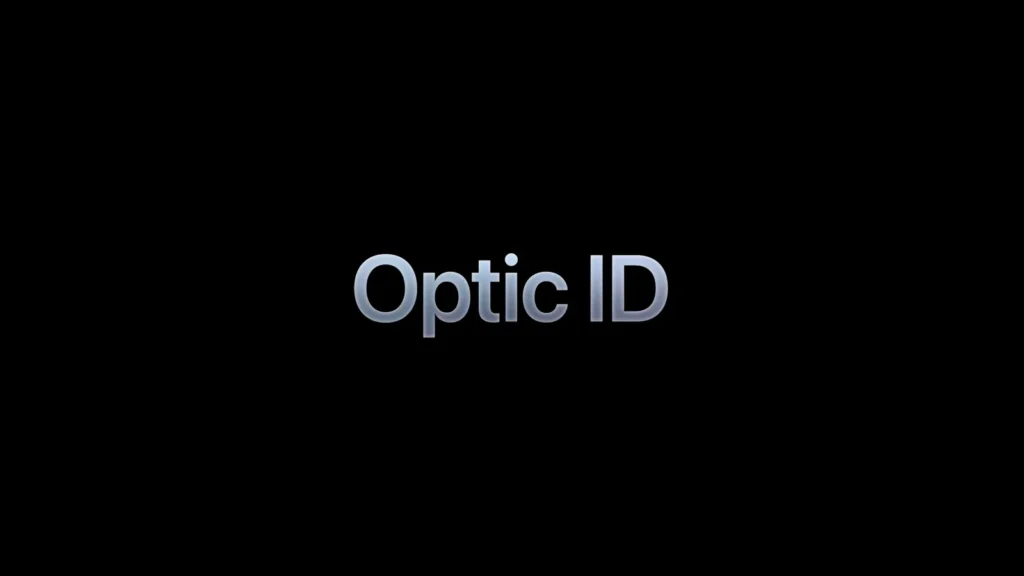
You should get in touch with Apple for support if Optic ID isn’t functioning. A qualified technician should perform repairs using original Apple components. Damage to the skin or eyes might result from improper maintenance, alteration, or use of non-genuine components in the lighting systems, which could also render the output non-compliant with standards.
A camera may be able to see the infrared emitters. Furthermore, in a perfectly dark setting, certain people could be able to perceive the emitters’ light, which could look like a faint red flashing. This is seen as typical and safe.
Availability
Apple products are designed with accessibility in mind, and we include it in the design process to accommodate a broad range of use cases.
You have the option to use Apple Vision Pro with just one eye if you have a dominant eye. Only that eye is utilized with Optic ID when you select this option.
To select the eye you want to use to operate Apple Vision Pro and utilize Optic ID: Scroll down in Settings and choose Accessibility > Eye Input. Selecting Both Eyes, Left Eye Only, or Right Eye Only is an option.
During setup, you can try enrolling in Optic ID if you have limited vision or are blind by looking ahead and centring your attention on the screen. You can use a passcode to unlock Apple Vision Pro and utilize Persona if you choose not to use Optic ID or if it is not a practical solution.
